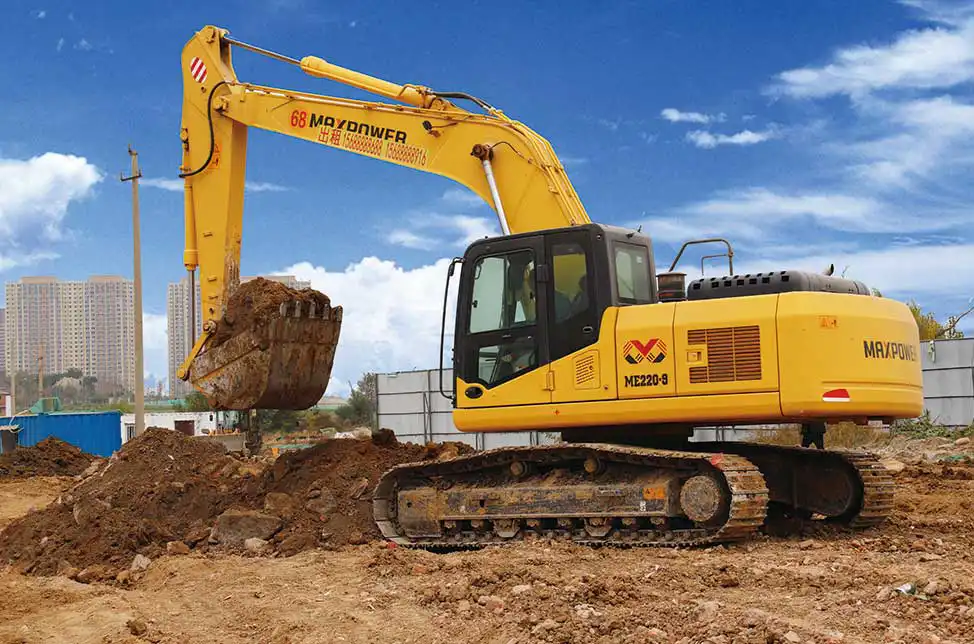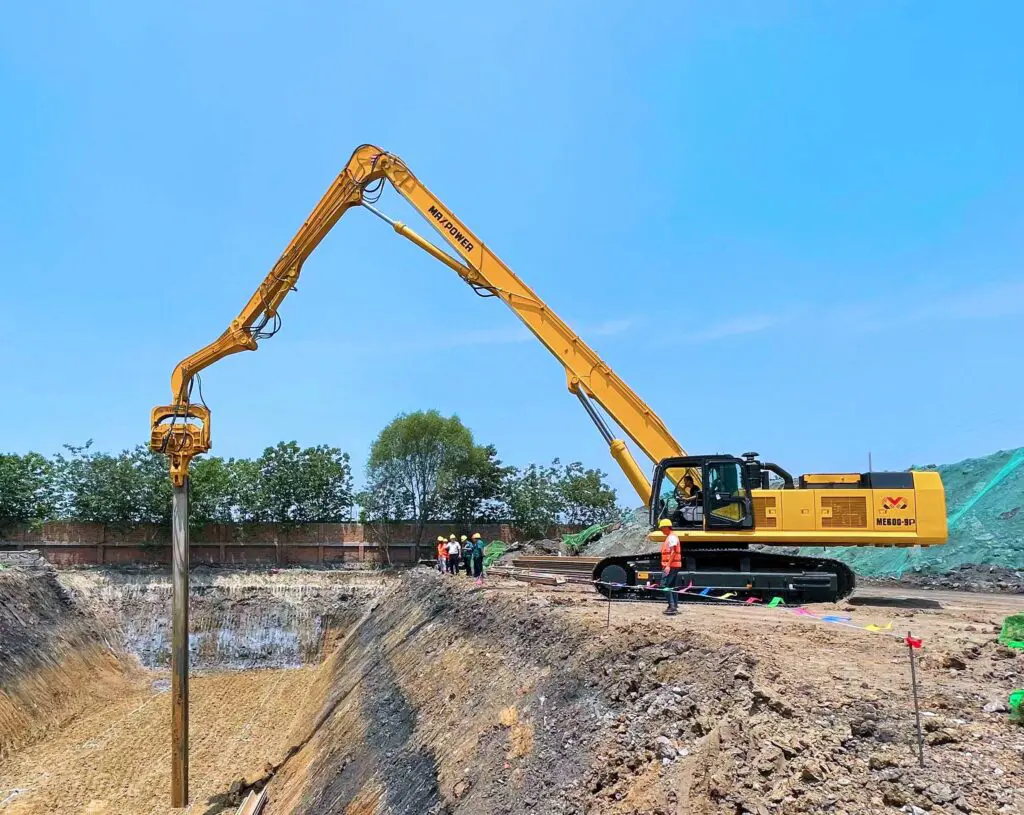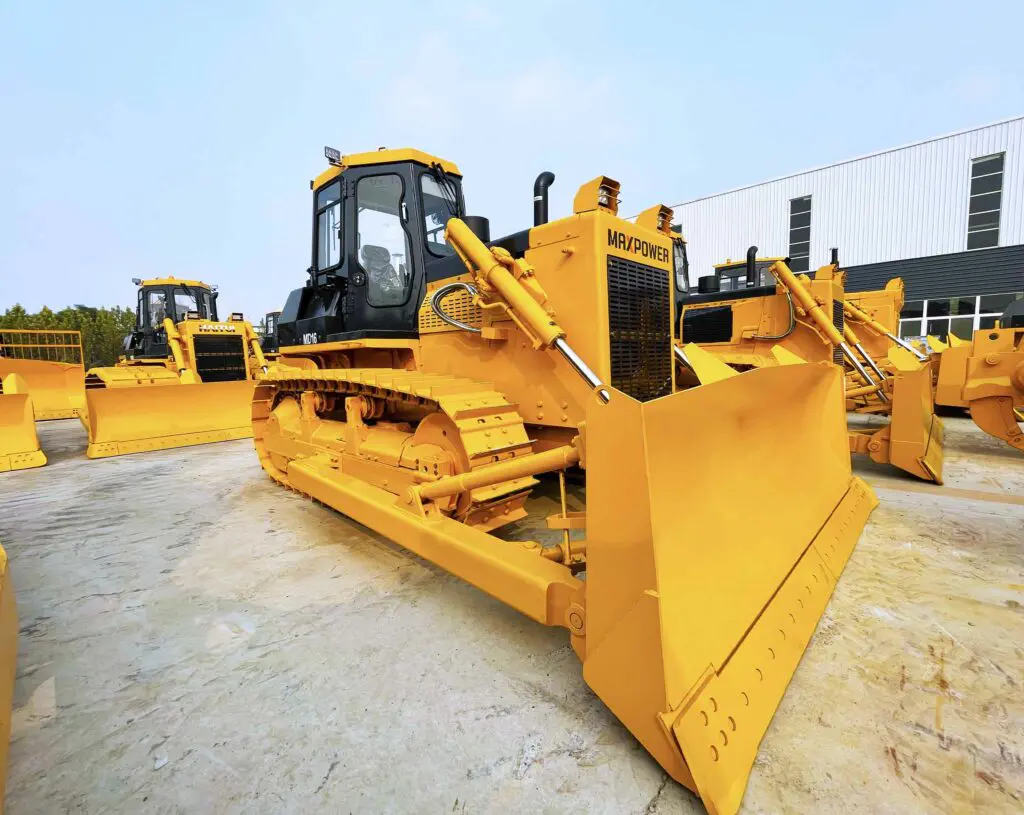

Jining Maxpower Machinery Co., Ltd
The founder and teams of Maxpower company has more than 30 years’ experience for designing, manufacturing and sales for construction machinery, from 1990s, they worked for the international famous construction machinery company in China, since 2004,the team was separated from the company and has developed his products range from Mini size to large mining excavator.From 2015,the team recognized Jining Maxpower Construction Machinery Company, developed the products such as rotary drilling rig, piledriver, material handling machinery etc.. As the professional company, we can provide wheel loaders, bulldozers and wheel excavators for supporting our customers.During these years, Maxpower has exported its products to more than 30 countries in the world.
We are located in domestic construction machinery manufacturing base, Jining High-tech Zone, with outstanding manufacturing capacity, obvious advantages of supporting resources and abundant human resources.
Based on the refined management of production process and strict quality control system, the reliability and high cost performance of products are guaranteed. At the same time, in pursuit of high efficiency and energy-saving products, achieving a high starting point, high positioning and keeping pace with the world advanced technologies; we have continuously deepened our technical cooperation with the abroad well-known supporting enterprises, such as Kawasaki, KYB, Hawe-Inline, Cummins and Isuzu.
The company insist the development strategy of “High-end, Large-scale, Differential”, and achieves the quality products, we have established a product sales network over the world to provide users with different marketing requirement. Today, MAXPOWER enjoys the important share in domestic and overseas market.
We are located in domestic construction machinery manufacturing base, Jining High-tech Zone, with outstanding manufacturing capacity, obvious advantages of supporting resources and abundant human resources.
Based on the refined management of production process and strict quality control system, the reliability and high cost performance of products are guaranteed. At the same time, in pursuit of high efficiency and energy-saving products, achieving a high starting point, high positioning and keeping pace with the world advanced technologies; we have continuously deepened our technical cooperation with the abroad well-known supporting enterprises, such as Kawasaki, KYB, Hawe-Inline, Cummins and Isuzu.
The company insist the development strategy of “High-end, Large-scale, Differential”, and achieves the quality products, we have established a product sales network over the world to provide users with different marketing requirement. Today, MAXPOWER enjoys the important share in domestic and overseas market.

[best chinese excavator]
Best Chinese excavator and be the best construction machinery in the world
Use industry
Water conservancy construction
This segment might include river/lake transforming, antiflood project, dam construction, hydropower etc. Will involve material moving, digging, pushing, leveling and backfilling etc.
Railway/Highway/Airport Construction
This area will involve site preparation,
earthwork handling, road leveling and
other operations.
earthwork handling, road leveling and
other operations.
Can be used in mining/quarry
This segment might include the surface striping of the mining sites, mining roas builing and maintenance, site cleaning, material loading and transporting etc.
0
50 patented technologies
0
Global Terminal Services
0
22,000 square meters workshop
0
200 professional staff
Reasons to choose Maxpower
Best Chinese designer & manufacturer for excavator
.webp)
Professional designing & manufacturing
The company has more than 70 engineering and technical personnel
.webp)
Best supply system & Strict QC
The world’s famous suppliers for construction machinery and KES quality control standard
Words From Loyal Customers
Read Latest From Blog


.webp)









-300x225.webp)